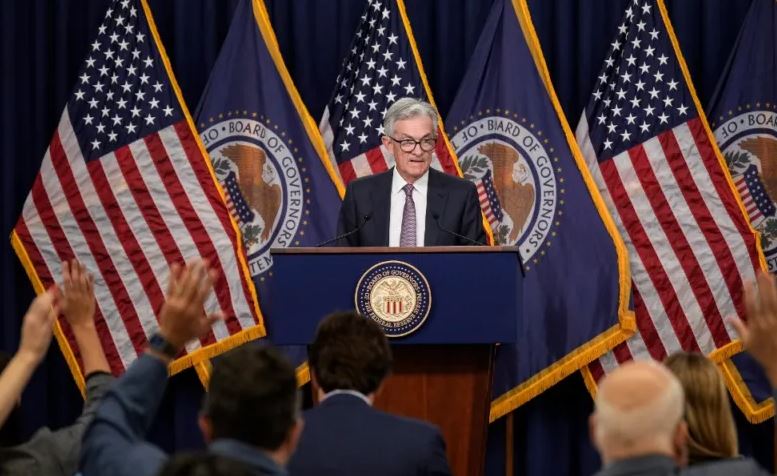The Federal Reserve gave a new message that it will not hesitate to crush the incessant inflation that challenges the budgets of families in the United States; Despite fears, the board’s announcement takes another step towards a possible recession
The forecasts were fulfilled for the fourth time in a row after the announcement of the Federal Reserve (Fed) of a new increase of 0.75% to its key rate, in its race to control the incessant inflation.
The announcement was confirmed once again by Fed Chairman Jerome Powell after Wednesday’s meeting of the board, in which a new tightening of the central bank’s monetary policy was confirmed.
The most recent macroeconomic data already predicted the decision that the Fed confirmed this morning and that for analysts represents another step towards a recession that seems increasingly inevitable.
With the announcement, the base rate rose in a range of 3.75% to 4%, the highest since January 2008; in which it was the fourth increase of 0.75% in a row, of the six that the Fed has made so far this year.
Before this announcement, the Fed made three other adjustments of 0.75% in September, July and June, as part of its strategy to control inflation which, according to the most recent report from the Bureau of Labor Statistics, reached 8.2% in September. in its annual measurement.
The Fed’s policy decisions have been questioned as their effects have been limited. Inflation reports have not improved noticeably despite the rate hike as a strategy to cool down the economy.
After the end of a disastrous first semester for the purchasing power of Americans, with 9.1% in June in the annual measurement of inflation; the indicator fell in July to 8.5% and then to 8.3% in August, both in annual measurements.
Both figures, however, remain within 40-year historical inflation records and, according to analysts, do not show that consumers are noticeably better off.
Despite this, the Fed is determined to crush inflation using its most effective tool: its key interest rate, even if it means bringing the economy to the brink of recession.
Now analysts are wondering how long the Fed will continue to tighten its monetary policy, amid a scenario in which companies report that consumers have not stopped spending and employment remains surprisingly strong.
What does rising interest rates mean?
The increases in the reference rate made by the Fed have consequences for consumers, since the movements make credit more expensive.
Each 0.25% increase in the reference rate translates into an additional $25 per year in interest, based on $10,000 of debt.
In this sense, an increase of 0.75% translates into an increase of an additional $75 dollars of interest for each $1,000 dollars of debt.
These increases are reflected in higher costs for home mortgage loans, car loans or credit card debt.

